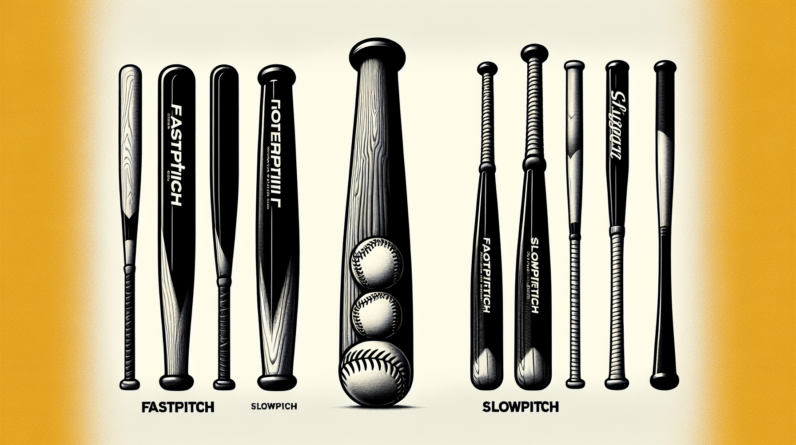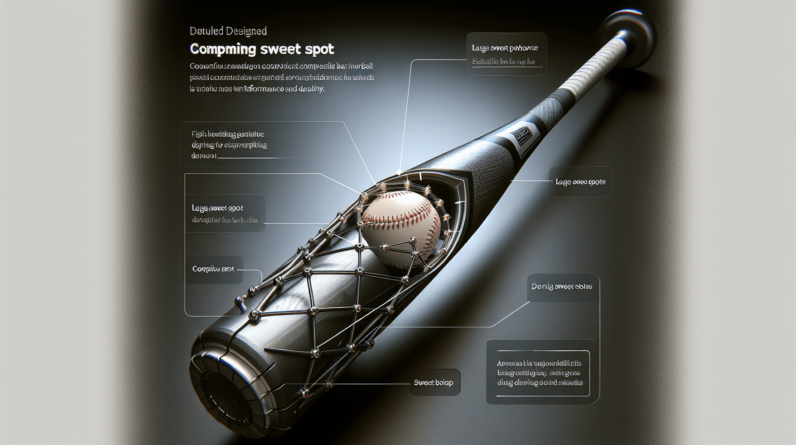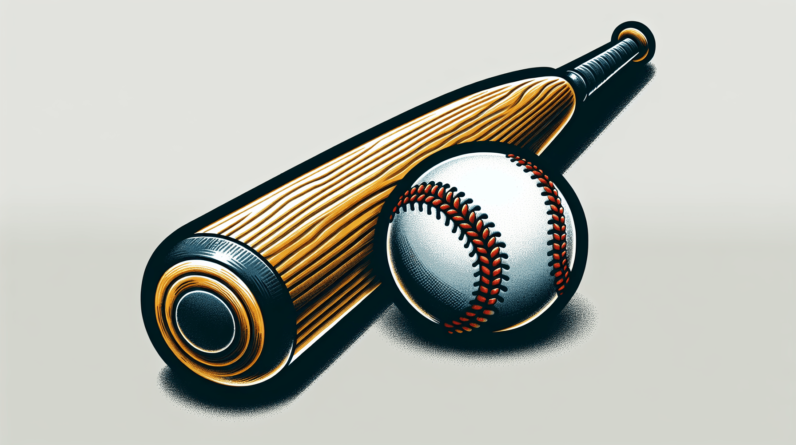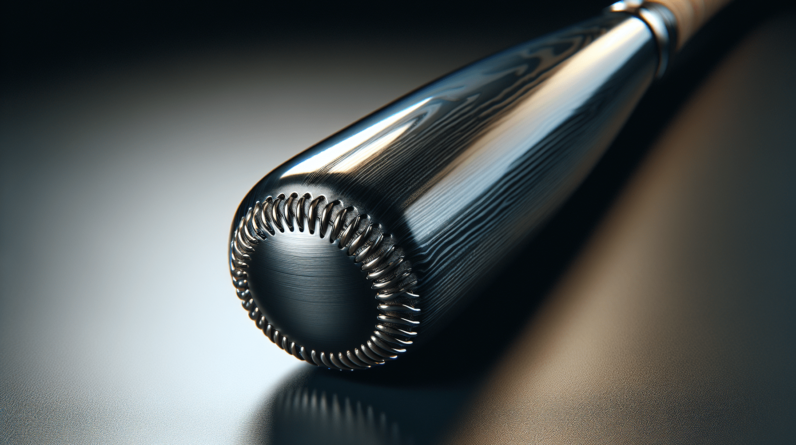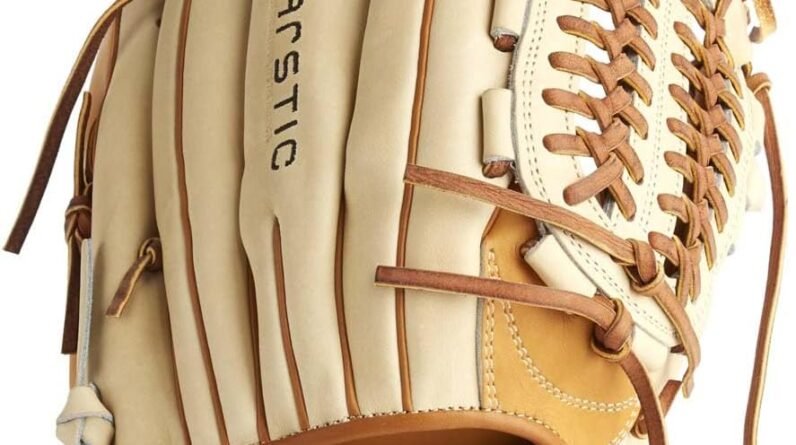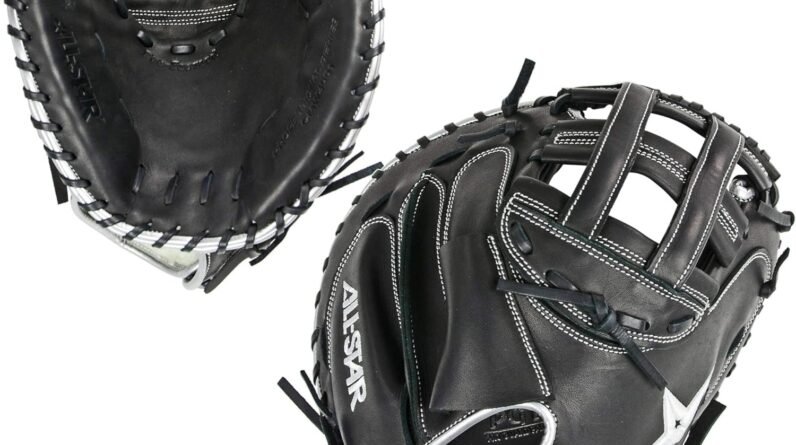In this article, we will explore the differences between composite and alloy bats for fastpitch softball and help you determine which one might be the best fit for you. We’ll discuss the construction, performance, and durability of both types of bats, as well as any regulations you need to be aware of. By the end of this article, you’ll have a better understanding of which bat material is ideal for your fastpitch softball needs. If you’re a player or a parent trying to decide which type of bat to purchase, it can be overwhelming to understand the differences between composite and alloy bats. Both have their advantages and disadvantages, and ultimately, the best choice depends on your individual preferences, playing style, and budget. In this article, we will compare composite and alloy bats for fastpitch softball, exploring the construction materials, performance, durability, price, and player preference factors to help you make an informed decision.
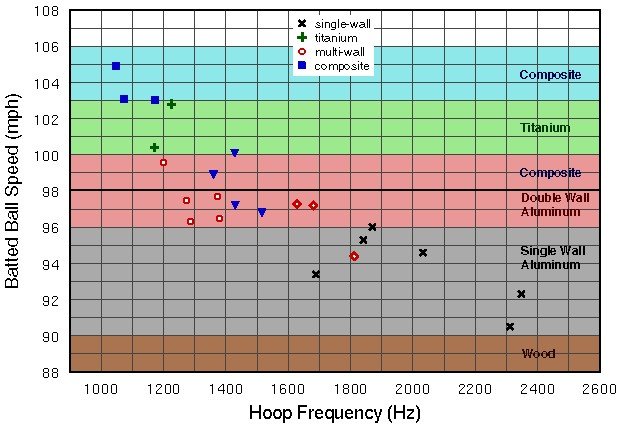
This image is property of www.acs.psu.edu.
Construction Materials
Composite Bats
Composite bats are made from a combination of carbon fiber, resin, and other composite materials. The manufacturing process involves layering these materials together to create a solid and lightweight bat. The composite material allows for precise tuning and manipulation of the bat’s performance characteristics.
Alloy Bats
Alloy bats, on the other hand, are made from a mixture of different metals, typically aluminum or aluminum alloys. These bats are constructed by shaping a solid piece of metal into the desired bat shape through various manufacturing techniques. Alloy bats are generally known for their durability and stiffness.
Advantages of Composite Bats
Composite bats have gained popularity in recent years due to their unique advantages. One of the main advantages is increased barrel flexibility. The composite material allows for a trampoline-like effect when the ball makes contact with the bat, resulting in a higher ball exit speed. Composite bats also tend to have a wider sweet spot, providing a larger hitting area for better contact. Additionally, they offer reduced vibration upon contact, offering a more comfortable feel for the player. Lastly, composite bats provide better energy transfer, allowing players to generate more power and hit the ball further.
Advantages of Alloy Bats
While composite bats have their advantages, alloy bats also offer unique benefits. One advantage is the stiffer barrel of the bat, which can provide better power transfer to the ball. This stiffness can result in harder hits and increased ball speed off the bat. Another advantage is the quicker break-in period of alloy bats. Unlike composite bats, alloy bats do not require a break-in period and are ready to use right out of the wrapper. This can be beneficial for players who need a bat immediately or who prefer not to spend time breaking in a new bat. Alloy bats are also known for their enhanced durability, as they are less prone to cracking or denting. Lastly, alloy bats are generally more cost-effective than composite bats, making them a more budget-friendly option for players.
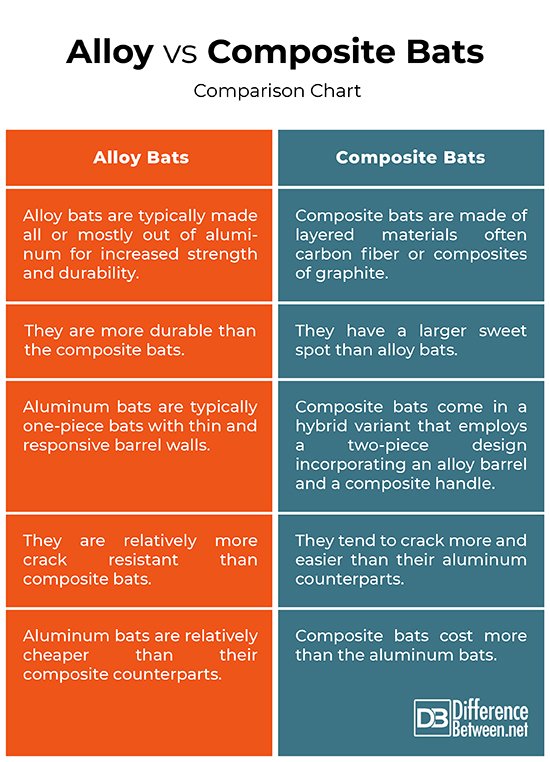
This image is property of cdn.differencebetween.net.
Performance
When it comes to performance, both composite and alloy bats have their strengths. The choice between the two will depend on your personal playing style and goals.
Bat Speed
Bat speed is a crucial factor in fastpitch softball, as it directly affects the power and distance of your hits. Composite bats tend to be lighter in weight, allowing for faster swing speeds. Their balanced weight distribution and flexible barrel also contribute to increased bat speed. However, some players prefer the increased mass and stiffness of alloy bats, which can also generate impressive bat speed.
Power
Power is another important performance factor to consider. Composite bats are designed to provide a trampoline effect, resulting in more power upon contact with the ball. The flexibility of the composite barrel allows the bat to compress and then quickly rebound, giving the hitter more energy transfer to the ball. Alloy bats, on the other hand, rely more on the hitter’s strength and technique to generate power. The stiffness of the barrel can result in harder hits, but it requires a more aggressive swing to achieve the same power as a composite bat.
Ball Exit Speed
The ball exit speed refers to the velocity at which the ball leaves the bat upon contact. Composite bats are known to produce higher ball exit speeds due to their flexible barrel and trampoline effect. This can result in longer hits and a higher likelihood of reaching base or scoring runs. Alloy bats, although they may not have the same level of ball exit speed, can still generate impressive velocities and have a solid impact on the game.
Accuracy
Accuracy is vital in fastpitch softball, and both composite and alloy bats can provide it. With proper technique and practice, hitters can achieve accurate hits using either type of bat. The choice between composite and alloy bats is more about personal preference and finding the bat that feels most comfortable and natural in your hands.
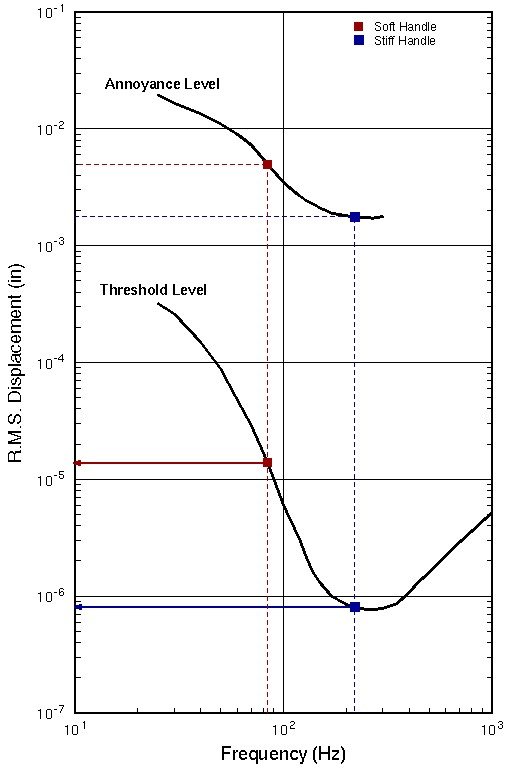
This image is property of www.acs.psu.edu.
Durability
Durability is an important factor to consider when investing in a bat, as you want a bat that will last through the rigors of competitive play. Let’s take a closer look at the durability of composite and alloy bats.
Composite Bats
Composite bats are generally more prone to cracking or denting compared to alloy bats. This is due to the nature of the composite material, which can weaken over time. However, advancements in technology and manufacturing techniques have improved the durability of composite bats in recent years. Additionally, taking proper care of your composite bat, such as avoiding using it in extremely cold weather or storing it correctly, can help prolong its lifespan.
Alloy Bats
Alloy bats are known for their durability and resistance to cracking or denting. The solid metal construction makes them less susceptible to damage caused by ball impact. However, repeated use and abuse can eventually lead to dents or deformations in the bat. Regular inspections and maintenance can help identify any structural issues with your alloy bat.
Factors Affecting Durability
Several factors can impact the durability of both composite and alloy bats. Temperature extremes, such as playing in very cold or hot weather, can affect the performance and durability of composite bats. It’s important to avoid using composite bats in temperatures below their recommended range, as this can cause the composite material to become brittle and prone to damage. For alloy bats, repeated impacts with hard balls or mishits can lead to dents or deformations. Taking proper care of your bat and using it within its intended purpose can help extend its lifespan.
Maintenance Tips
To maximize the lifespan of your bat, it’s essential to follow some maintenance tips. After each use, clean your bat with a mild detergent and water to remove any dirt or debris. Avoid using harsh chemicals or solvents, as they can damage the bat’s finish. Check for any signs of damage, such as cracks or dents, and consult with a professional if you notice any issues. Lastly, store your bat in a cool and dry place, away from extreme temperatures or direct sunlight.
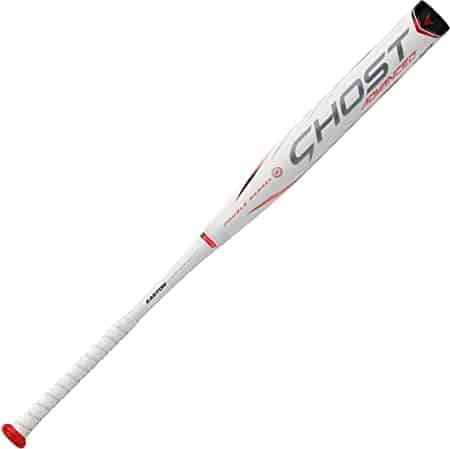
This image is property of www.baseballhover.com.
Price
Price is a significant consideration for many players and parents when choosing a new bat. The cost of composite and alloy bats can vary significantly, so it’s important to assess your budget and determine what you’re willing to invest.
Composite Bats
Composite bats tend to be more expensive than alloy bats. The advanced manufacturing techniques and materials used in composite bats contribute to their higher price. However, the higher cost can be justified by the enhanced performance and technology that composite bats offer.
Alloy Bats
Alloy bats are generally more cost-effective compared to composite bats. The manufacturing process is simpler, resulting in a lower price point. This can make alloy bats a more attractive option for budget-conscious players or those who are new to the game.
Value for Money
While composite bats may have a higher upfront cost, they often provide excellent value for money in terms of their performance and durability. When comparing the cost of a bat, it’s important to consider the long-term benefits and how it can impact your performance on the field. Ultimately, the best value for money depends on your individual needs and budget.

This image is property of www.allaboutfastpitch.com.
Conclusion
When it comes to choosing between composite and alloy bats for fastpitch softball, there is no definitive answer. Both types of bats have their strengths and weaknesses, and the decision should be based on your personal preferences and playing style. Consider factors such as bat speed, power, ball exit speed, accuracy, durability, and price when making your decision. It’s also helpful to try out different bats and consult with experienced players or coaches to get their insights. Ultimately, the right bat for you is the one that feels comfortable, allows you to perform at your best, and suits your individual needs. So go out there, swing for the fences, and enjoy the game with your chosen bat!

